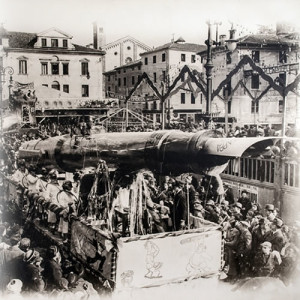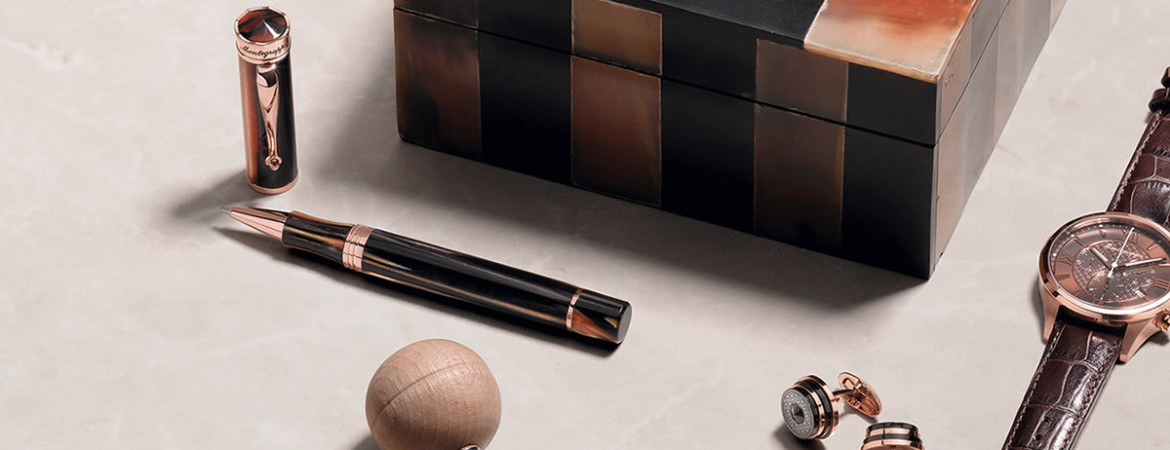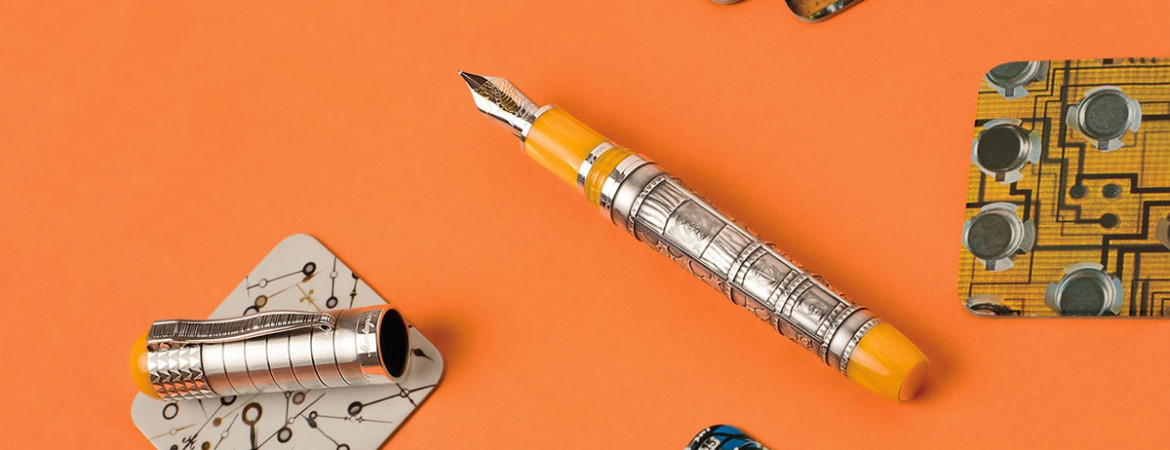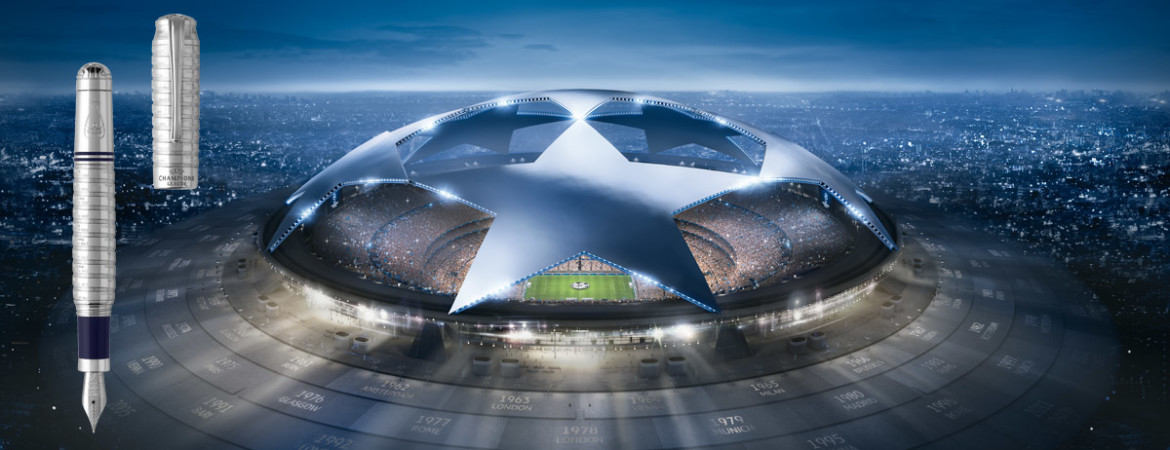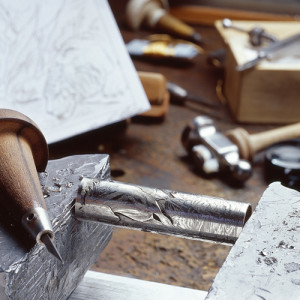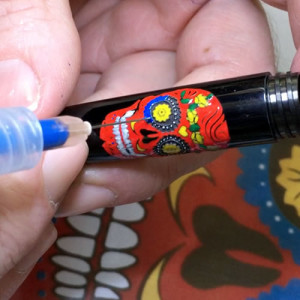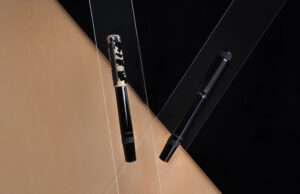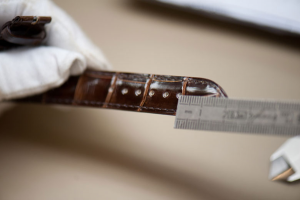since 1912
More than a century of craftsmanship and original Italian style. The first Italian manufacturer of superior writing instruments was founded in Bassano del Grappa in 1912. More than a century of peerless craftsmanship has defined this Italian brand, known around the world for its creativity and style.
Bassano del Grappa
Montegrappa was founded as a “Manifattura pennini d’oro e penne stilografiche” (“Manufacturer of gold nibs and fountain pens”) in Bassano del Grappa, Italy. Originally known as ELMO, benefitted from a pool of local talents, a workforce able to produce finely crafted objects, with style, with panache and with a drive to achieve excellence.
Montegrappa Collection
Masterfully crafted
Montegrappa has always been known for its rigorous choice of fine materials, for its accurate production methods and superb craftsmanship
Deep-drawing
This is one of the oldest and time consuming artisanal techniques used by Montegrappa since 1912. The pen’s body and cap are the result of eight cyclical working phases that include heating, drawing and brushing of the parts, starting from a disc of silver or gold. The final polishing is done by hand.
Fretwork Design
This technique was invented to create pleasant color contrasts between the background material and the precious metal covering. Geometric or fantasy designs are traced with a computer aided fraise on deep-drawn tubes perforating the metal and so creating fretworks. Once the fretwork is created the skilled hand of a craftsman is essential to finish each piece, in order to remove the fillings and to polish the fretwork.
Hand-Etching
This magnificent achievement begins with the artist’s design, reduced exactly to the finished size. Design is then transferred onto tracing paper that is fixed onto the smooth body of the pen. Barrel is covered with a thin layer of chalk powder, which receives the lines when the design is traced once more. The craftsman then outlines the design with a metal point to delicately engrave the surface. Final engraving is made by hand with a burin, a small scalpel used by high specialised craftsmen to cut away a fine shaving from the metal surface, giving a two-dimensional impression to the image.
Low Relief Engraving
This refined technique was originally developed in Switzerland in the mid 19th century. After the introduction of technologies such as CAD/CAM, which permit aesthetic perfection, the more complex and laborious phase, and at the same time the more artistic one, remains the realisation of the drawing. The difficulty lies in the fact that the image has to be engraved on a cylindrical surface. This advanced technology is exclusively used by Montegrappa.
Cold Enamelling
This special technique is used in jewellery and also to decorate watch dials. Cold enamelling can be formulated with all the best colours, in fact more colours than are discernable with the human eyes. This exclusive technique enables a significant improvement in durability, clarity and brilliance, colour quality and range, with no disadvantages at all. The finished product has a surface quality that is smooth and polished, slightly warm to the touch compared to the precious metal, and the transparent colours have a deep fire and brilliance, due to the underlying engine turning, which contrast
Vitreous Enamelling
Enamel is a vitreous substance used since the 6th century B.C. as decorative material much appreciated for its color range and excellent conservation. At first the enamel is applied in very thin layers on the surface surrounded by slightly oblique edges. After this stage follows the firing until complete melting. This process is repeated many times to obtain the required material thickness. The surface is then smoothed and polished then covered with a transparent enamel that is also smoothed and polished to give to the writing instrument higher artistic value and charm.

